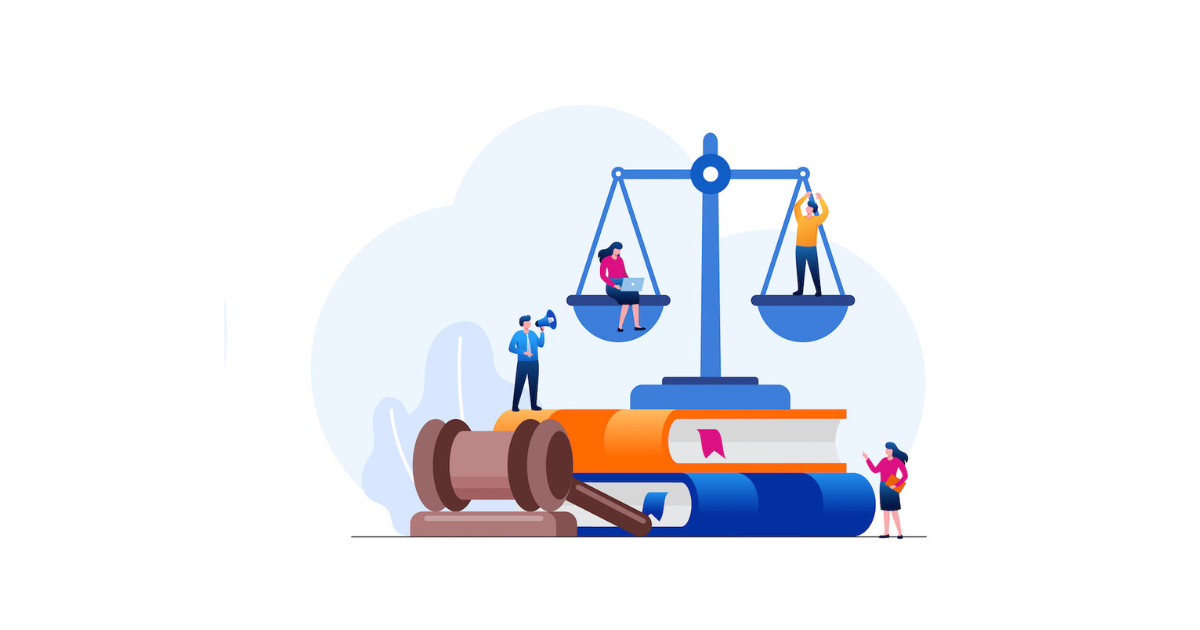Modern eDiscovery: What Litigation Lawyers Need to Know
The language of business today is data. The new litany of applications, software, and hardware that enables businesses to function is creating a vast digital web that litigators must navigate to uncover key facts and evidence.
The discovery process has never been more complex than it is today. Thankfully litigators do not have to do it alone.
There is an entire industry, estimated to be north of $25 Billion by the end of the decade, that has sprouted up since 2006 to assist litigators in uncovering these key facts.
Many litigation attorneys, when they attended law school or even during the first few years of their practice, may not have come across the concept of eDiscovery. Fear not, this primer will bring you up to speed on all the eDiscovery trends you need to know in 2022 and beyond.
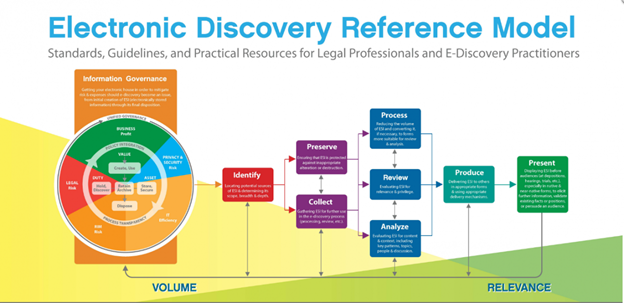
What is Modern Electronic Discovery (eDiscovery)?
Much in the way journalists cannot effectively execute their role for a newspaper without understanding the facts, litigators today must understand the key people places and things that are at stake in a case to zealously defend their client.
The discovery process, as you well know, is when lawyers uncover those key facts or documents to ultimately exchange them with opposing counsel or present them in court. Decades ago, this was done with bankers’ boxes and red welds perhaps in a dusty or asbestos-filled warehouse (or maybe it is only me having flashbacks of asbestos floating down on bankers’ boxes like snowflakes).
Today the key facts of the case are much more likely to reside in the cloud or on a hard drive than in bankers’ boxes buried somewhere in the boonies. As a result, to be an effective litigator today you must understand the landscape of the tools and data sources that evidence resides in today.
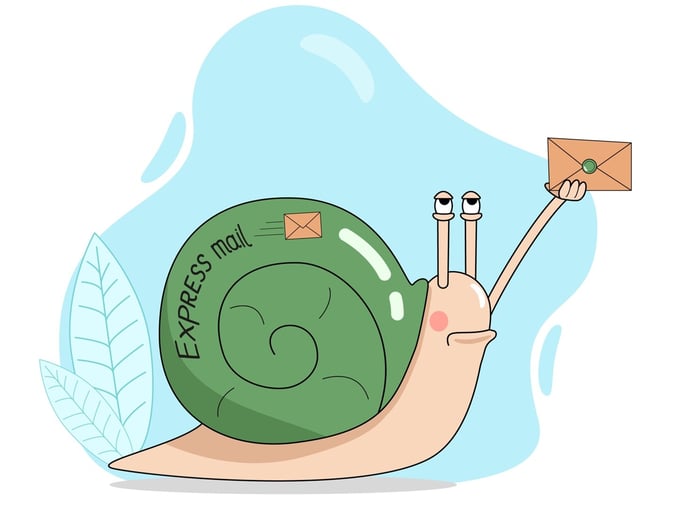
From Snail Mail to Email and Beyond
The discovery process was initially developed to support uncovering evidence in paper files and hard-copy documents. The process of identifying, collecting, preserving, reviewing, analyzing, and ultimately producing data was straightforward and linear in nature.
With the 2006 amendments to the Federal Rules of Civil Procedure (FRCP), electronically stored information (ESI), was added as a potential source of evidence in the discovery process. And eDiscovery was born.
At the time of the amended FRCP, discoverable ESI primarily consisted of emails and electronic documents that were not too different from their paper predecessors. As a result, the eDiscovery process did not have to evolve much.
The last decade, and especially the last several years, has seen an unrivaled data explosion where the data volume and types of potentially relevant ESI has simply exploded. As a result, the eDiscovery process has also evolved. eDiscovery is no longer simply a straightforward linear approach where each step is completed once and then you move on to the next.
Many legal professionals are using legal technology to better understand what is going on in their ESI earlier in the case (often called early case assessment or early data assessment) or pivoting between analysis and review in more of a feedback loop.
Rather than collecting everything including the kitchen sink, many are taking a more precise approach with targeted data collection and heavy use of legal tech that is powered by legal AI and an iterative approach to human review.
As the digital ways we live, work and play continue to evolve so will the eDiscovery process. Legal teams need to continually evaluate whether the eDiscovery workflows they have always used are appropriate for emerging data types and whether the legal technology they employ is purpose-built to support these not-so-document-like forms of ESI.

Flavors of Modern Evidence?
Today’s ESI may consist of emails, documents, text messages, Slack channels, Teams meetings, Zoom transcripts, TikTok’s, social media posts and more. These new data types are often rife with visual content like GIFs, Emojis and video and their structure may not much resemble any traditional document.
The main flavors of ESI today include:
- Electronic documents (Word, Excel, PowerPoint, etc.)
- SMS text messages
- Legacy social media (Facebook, Instagram, Twitter, LinkedIn)
- New social media (Snapchat, TikTok, Reddit, Twitch, Discord)
- Collaboration tools (Slack, Teams, GSuite)
- Short format messaging (WhatsApp, WeChat, Facebook Messenger)
- Ephemeral Messaging (Signal, Telegram, Wickr)
- Video conferencing (Zoom, Teams, Skype)
When evaluating your client’s information governance retention policies or implementing a legal hold in anticipation of litigation, or simply determining scope of discovery, it is critically important to ensure that these new data sources are factored into your workflows.
These new data sources may come in the form of Apps or more traditional software, the ESI may reside on the custodian’s physical device, in an enterprise cloud, the App’s cloud or some combination of the three. Understanding which location helps in scoping preservation, legal hold, and ensuring you have the appropriate permissions to access the data.
These new formats of communication may require the preservation of different metadata, may require more expediency in preservation due to shorter retention periods, may be exported in different data formats and may require a different approach to collection and review. Legal service providers can help bridge the knowledge gap when faced with a novel data format.
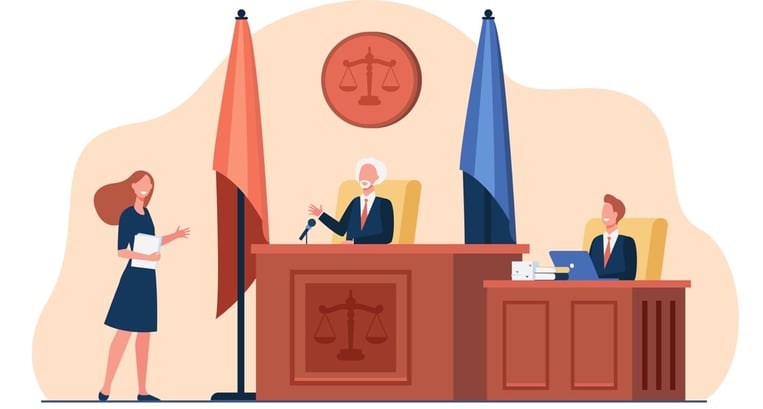
What is the Court Saying about Modern eDiscovery?
Ignorance may be bliss for some, but the size and scale of sanctions (and volume of adverse inferences) form the court when it comes to improper handling (or ignoring) emerging data says otherwise. For our in-house or investigation counterparts, the regulatory posture has been similarly clear that playing ostrich is no way to approach new ESI.
From the drafting of Discovery requests to the conclusion of the document review and presentation of ESI to opposing counsel and the courts, the bench is clear that new ESI must be factored in. A few of the key recent rulings establishing caselaw for modern eDiscovery include:
Ephemeral (Self-destructing) Messaging - User beware!
- WeRide Corp. v. Huang, 2020 WL 1967209, *9, 11 (N.D. Cal., Apr. 24, 2020), Terminating sanctions for a “staggering” amount of spoliation via using ephemeral messaging apps to avoid discovery obligations, “so sweeping that [the] case [could not] be resolved on its merits.”
- Waymo LLC v. Uber Technologies, LLC, No. C 17-00939 WHA (N.D. Ca. 2018), the court applied adverse inference for Uber seeking “to minimize its "paper trail" by using ephemeral communications” in an IP theft cause of action. Novel types of communication do not eliminate an organization’s obligation for preservation.
Collaboration Tools - Do not slack off when dealing with Slack
- Benebone LLC v. Pet Qwerks, Inc., No. 8:20-cv-00850-AB-AFMx (C.D. Cal. Feb. 18, 2021), the court compelled the eDiscovery and production of limited Slack messages “there is no real dispute that Benebone’s Slack messages are likely to contain relevant information” for the patent claims it had asserted. The only question, then, “is whether requiring Benebone to search for and produce responsive Slack messages would be unduly burdensome and disproportional to the needs of this case.” The court found with targeted searches this was not unduly burdensome.
- West Publishing Corp. v. LegalEase Solutions LLC, the U.S. District Court for the District of Minnesota compelled the production of Slack data but required the party seeking discovery to share the processing and production costs.
Social Media:
- Farley v Callais & Sons LLC, 2015 WL 473729, found there is no distinction under the Federal Rules between the discovery of evidence that is posted on a social media account and evidence that is written down.
- State v Smith, the Court established the precedent of authentication of social media. The judge stated that the “standard for proper authentication of social media evidence was whether sufficient evidence supported finding by a reasonable jury that it was what the proponent claimed it to be.”
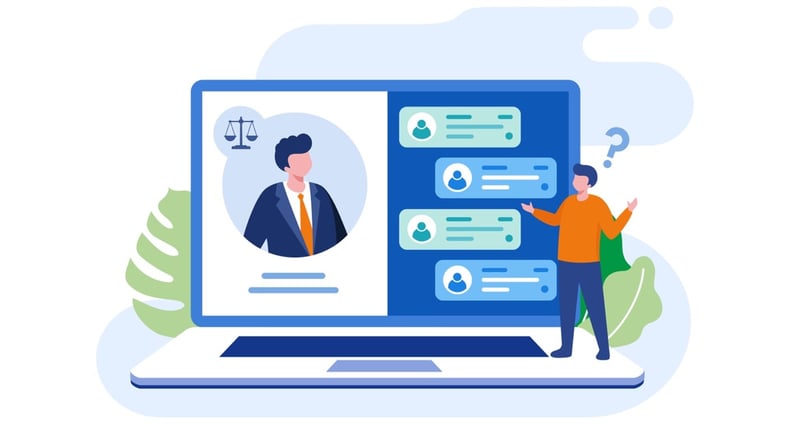
What is a Litigator to Do?
Preparing for modern eDiscovery does not need to entail complex initiatives to overhaul and streamline your entire law firm’s approach to eDiscovery. Rather you can start small and build up to a modernized eDiscovery program.
Suggestions for Litigators Facing Modern eDiscovery
- Educate yourself about modern eDiscovery: Whether you are in-house or outside counsel, ensure that you read articles about emerging data or attend webinar CLE’s to stay up to speed.
- Include modern data in scoping and workflow: Ensure that every member of the case team (from paralegal to partner) includes emerging data types when assessing the eDiscovery issues and eDiscovery tools for an upcoming matter.
- Have the right tools for the job: Make sure the tech you have (internal or through a service provider) can handle new data types. Ask for examples of slack or social media files in your review platform or ensure your eDiscovery professionals or service providers can effectively collect new data types (including all relevant metadata.)
- Don’t go it alone: The eDiscovery and litigation landscape are being rapidly reshaped by modern data types, don't try to keep up alone! Reach out to eDiscovery professionals or discovery attorneys in your organization or legal service provider to understand the new trends and challenges.
- Don’t fear change: It is easy to assume “been there, done that” when it comes to eDiscovery. But that would be a big mistake today. From sanctions to missed evidence, the risk of missing a new data source or having the wrong technology can impact more than your budget, it can affect case outcomes in a big way.

